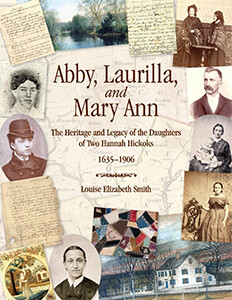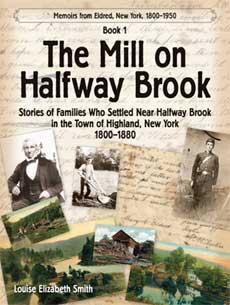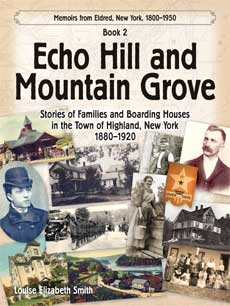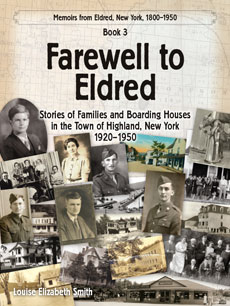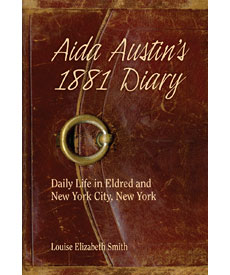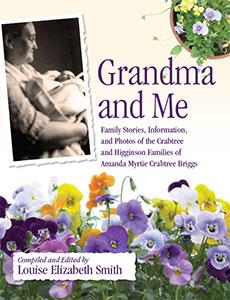
In 1824, more than half a century ago, the marquis Gilbert Motier de Lafayette, for the Fourth Time, visited the United States. His arrival was hailed with universal joy throughout the land; and he passed through the twenty-four States of the Union in a round of civic and martial triumphs, unequaled in magnificence and splendor. During that visit, it was my good fortune to become acquainted with him, and to witness some of the most splendid displays on that occasion…—Amos Parker, Recollections of Lafayette, p. 9.
In August 1824 the very popular Revolutionary War Hero of two continents, Marquis de Lafayette, age sixty-six, began his fourth and last tour of the United States.
At eleven o’clock the morning of September fourth, General Lafayette arrived at Hartford, Connecticut. A street full of militia and many others, including the Smiths, welcomed him.
Julia Smith had never seen so many people. She and her family waited while Lafayette ate lunch in the house on the opposite side of the street. Around one o’clock the Smiths went to the courthouse where they “were presented to the Marquis who took us by the hand.”
As Lafayette took her hand, Julia said in French, “We are pleased to see you Monsieur le Marquis. Lafayette replied in French, thanking her. “Monsieur le Marquis left Hartford for New York in a steamboat,” Julia wrote in French in her journal.
In New York Lafayette visited Mrs. Willard’s Troy Female Seminary. “The General was much moved” and requested three copies (one for each of his daughters) of the welcome song the young ladies of the Troy Female Seminary had sung.
We will meet Amos A. Parker, an editor of a New Hampshire paper and an aide to New Hampshire’s Governor Morrill (in 1824–5), later in this history.
In June 1825, at the request of the Governor, Amos traveled to Boston with a barouche (an elegant stage coach with four horses) and a two-horse carriage to meet Lafayette, age sixty-seven, and his son George Washington Lafayette, so they could visit Concord, New Hampshire.
Amos Parker introduced Lafayette to his wife Miranda and young son George Washington Parker. Lafayette shook hands with Miranda, “took the child in his arms, impressed a kiss on its cheek, looked at the mother, and then at the child; and in a subdued, “still small voice,” said: “I am reminded of the loved and the lost!” Lafayette was remembering “his own beloved wife, his first born child, and his noble friend Washington—all dead.”
Amos asked George Washington Lafayette what it was like to live at Washington’s Mount Vernon home while his parents and sisters were in prison in France.
Amos also had a “pleasant chat” with Lafayette. Amos asked so many questions that Lafayette told Amos he “was the most inquisitive man he had found in America.”
Amos was so impressed with the General, that he gathered information from every source he could. In 1879 he published, Recollections of Lafayette and His Visit to The United States, in 1824 and 1825, a 150-page book.—Abby, Laurilla, and Mary Ann, pp. 120, 121, 248, 258.


